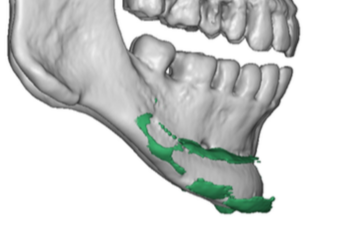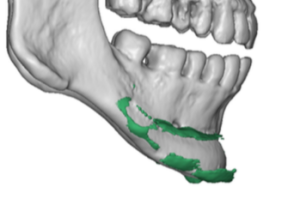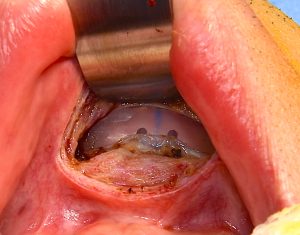There are many misconceptions of the body’s biologic response to the placement of the commonly performed chin implant. The chin bone, while not entirely different from the rest of the facial bones at the osseous level, is unique in being a singular bony prominence that creates the leading edge of the lower third of the face. The overlying soft tissue chin pad is firmly fixed to the bone as it tightly wraps around it.
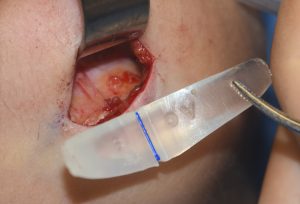
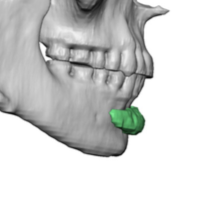
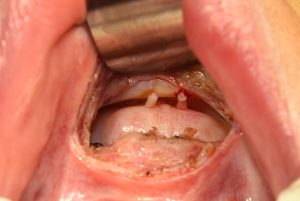
Dr. Barry Eppley
Indianapolis, Indiana

